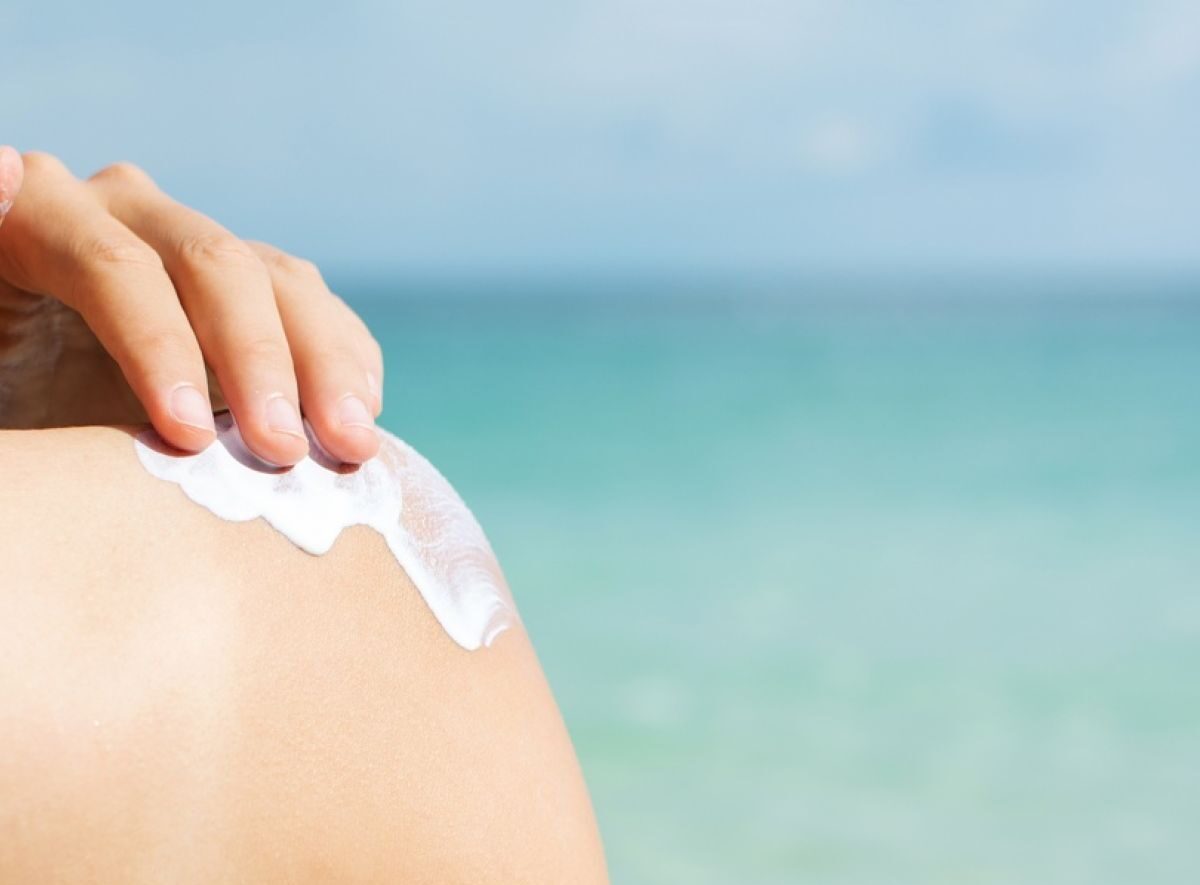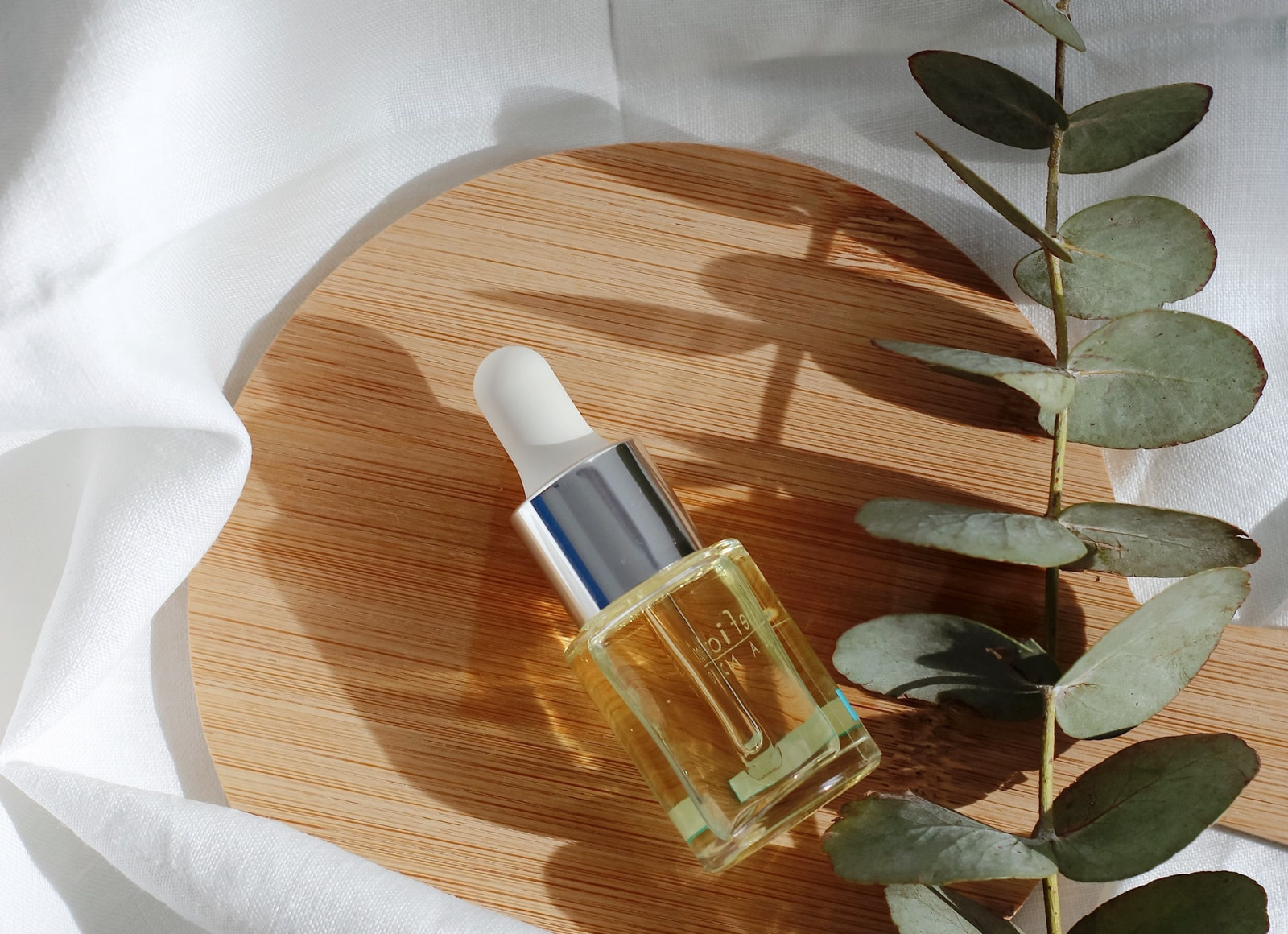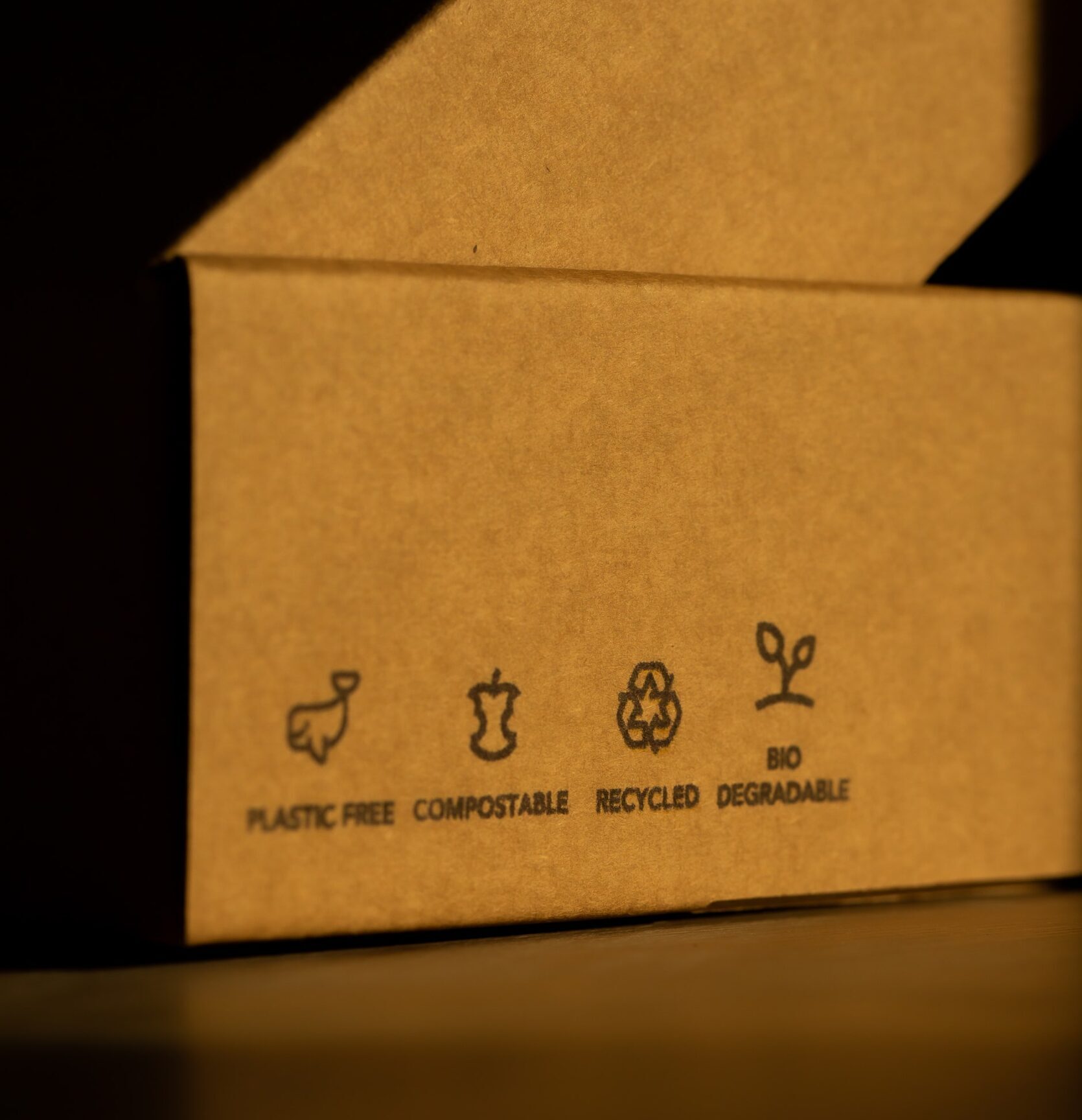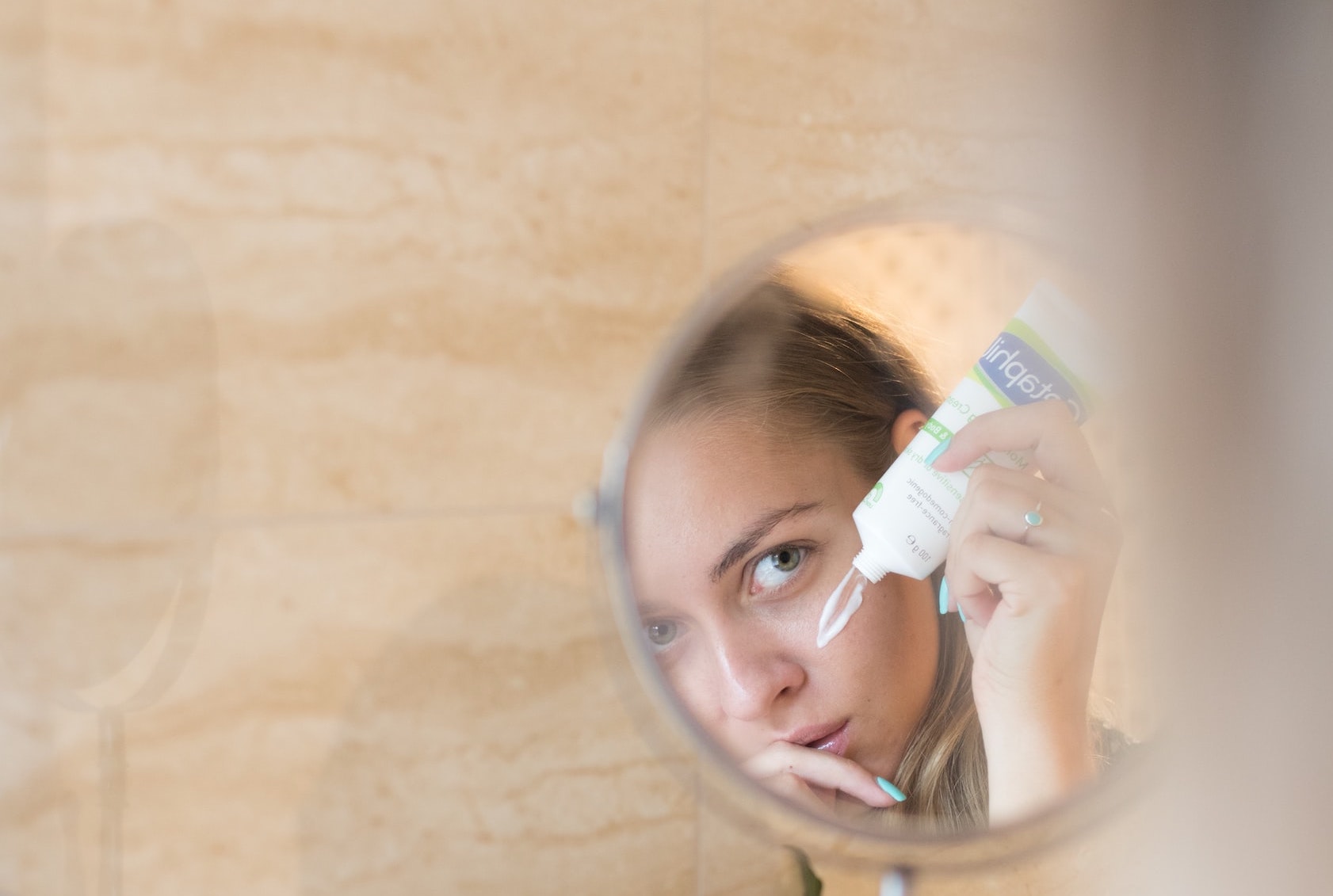What’s new?
The SCCS has evaluated the safety concerns regarding a contaminant called di-n-hexyl phthalate (DnHexP) in DHHB preparations. DnHexP is a compound associated with reproductive health concerns and is already prohibited in cosmetics under the EU Cosmetics Regulation.
The scientific committee has established that:
- The maximum safe level of DnHexP as a contaminant in DHHB is 0.026% (260 ppm), but only if this impurity is unavoidable
- This safety limit applies when DHHB is used up to its maximum authorized concentration of 10% in cosmetic products
- Available information shows that DnHexP levels in DHHB can be lowered to 1 ppm
Based on their findings, the SCCS recommends that 1 ppm should be the target maximum level for DnHexP as an unavoidable trace impurity in DHHB.
What now?
The opinion is open for comments until April 25, 2025.
The SCCS advice indicates that manufacturers should aim to reduce DnHexP levels in DHHB to the lowest technically achievable concentration (1 ppm), as testing has shown this is possible.
The scientific advice will likely inform regulatory decisions by the European Commission regarding specific purity requirements for DHHB when used in cosmetic products.







